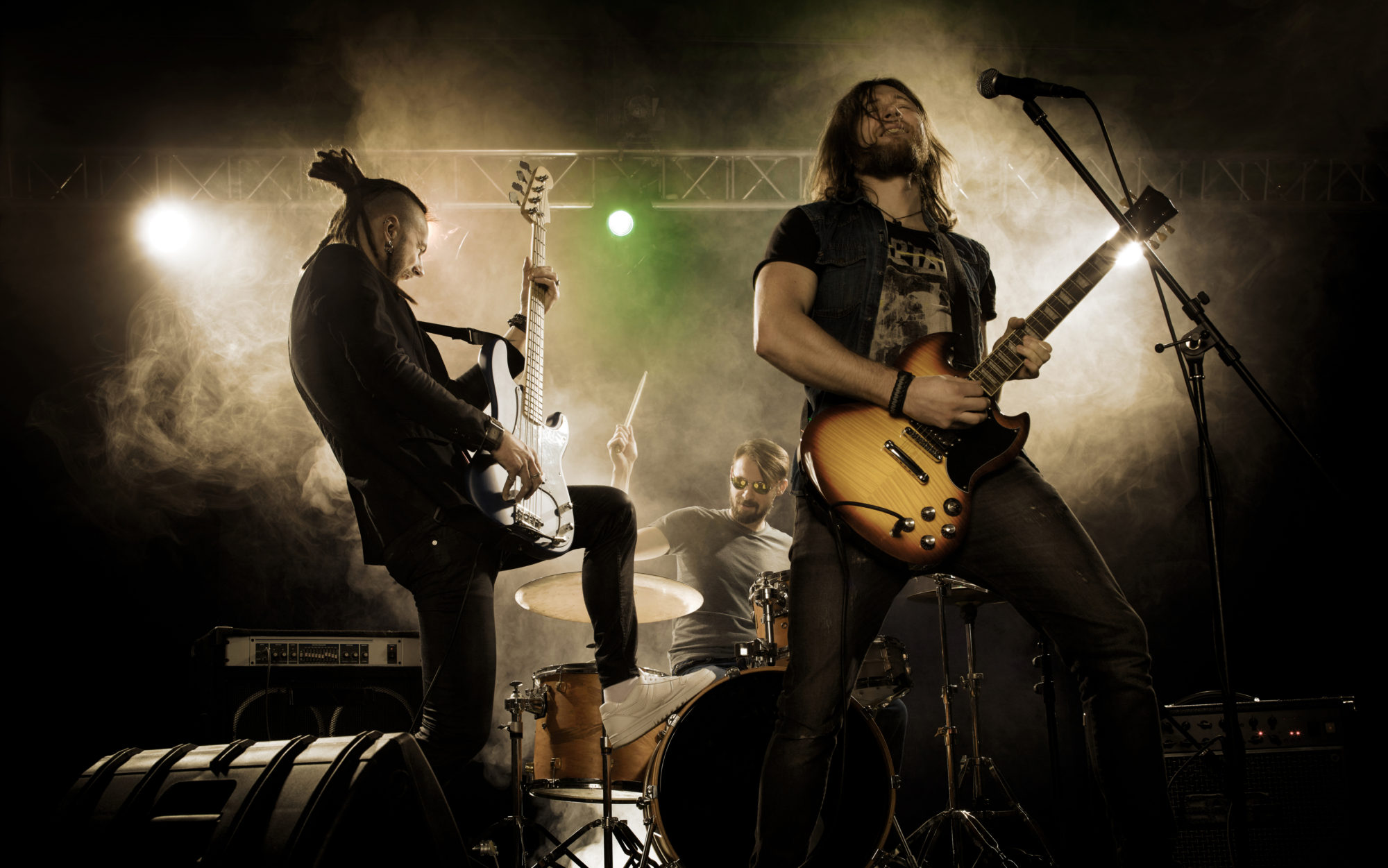for Outdoor Events
Hosting an outdoor event can be an incredible experience, offering natural scenery and an open atmosphere that indoor venues often can’t match. However, one of the biggest challenges of outdoor events is dealing with the unpredictability of weather. Extreme weather conditions such as heat, cold, wind, and rain can severely impact audio-visual (AV) equipment, potentially disrupting the event and causing significant damage to the equipment.
Understanding how different weather conditions affect AV equipment can help event organizers prepare better and ensure that their event runs smoothly, regardless of what the weather decides to do.

1. Extreme Heat
Extreme heat can cause a range of problems for AV equipment. High temperatures can lead to overheating, especially in electronic devices like amplifiers, projectors, and sound mixers. Overheating can cause these devices to shut down unexpectedly or even sustain permanent damage. Additionally, heat can affect the performance of batteries, reducing their lifespan and efficiency.
Protective Measures:
- Use shade structures like tents or canopies to keep equipment out of direct sunlight.
- Consider using fans or portable air conditioners to cool down equipment areas.
- Regularly check and monitor the temperature of critical devices.
- Ensure that all equipment has proper ventilation and avoid placing them too close together.
2. Extreme Cold
Cold weather poses its own set of challenges. Low temperatures can affect the performance of LED screens, causing delays or malfunctions. Cold can also cause batteries to drain more quickly, reducing the operational time of battery-powered devices. Additionally, condensation can form when cold equipment is moved to a warmer environment, potentially damaging sensitive electronic components.
Protective Measures:
- Use thermal covers or insulating materials to keep equipment warm.
- Store spare batteries in a warm place until they are needed.
- Gradually acclimate equipment to temperature changes to avoid condensation.
- Use heaters in enclosed areas where AV equipment is stored or operated.
3. Wind
Wind can be a significant hazard for outdoor AV setups, especially for equipment mounted on stands or scaffolding. Strong winds can cause screens, speakers, and lighting rigs to sway or topple, leading to damage or injury. Wind can also interfere with sound quality, causing audio distortion or making it difficult for the audience to hear.
Protective Measures:
- Secure all equipment with sturdy ties, weights, or anchors.
- Use wind-resistant microphone covers to reduce wind noise.
- Position speakers and screens in areas that are naturally shielded from wind, such as near buildings or natural barriers.
- Consider using wind-blocking panels or barriers around sensitive equipment.
4. Rain
Rain is perhaps the most common weather-related concern for outdoor events. Water and electronics do not mix, and exposure to rain can cause short circuits, corrosion, and irreparable damage to AV equipment. Even a brief downpour can be enough to ruin sensitive devices, so it’s essential to be prepared for unexpected showers.
Protective Measures:
- Use waterproof covers or enclosures for all equipment.
- Elevate equipment off the ground to prevent water damage from pooling or flooding.
- Have tarps or plastic sheeting on hand to quickly cover equipment in case of sudden rain.
- Consider using water-resistant or waterproof equipment when possible.
5. Combined Weather Effects
Sometimes, outdoor events may face multiple extreme weather conditions simultaneously, such as heat combined with wind or cold combined with rain. These situations require even more careful planning and preparation, as the challenges compound.
Protective Measures:
- Plan for the worst-case scenario and have contingency plans in place.
- Invest in professional-grade AV equipment designed for outdoor use.
- Work with experienced AV technicians who can anticipate and mitigate potential weather-related issues.
Conclusion
Extreme weather can have a profound impact on audio-visual equipment at outdoor events, but with proper planning and protective measures, these risks can be significantly minimized. By understanding how heat, cold, wind, and rain affect AV equipment and taking proactive steps to protect it, event organizers can ensure a successful and seamless experience for their audience, no matter the weather.

